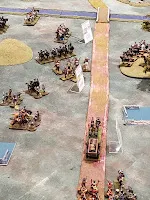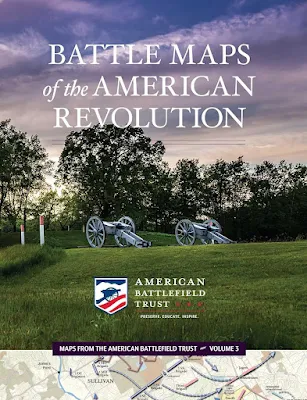.
David Bushnell from Westbrook, Connecticut was a Yale graduate interested in creating an explosive weapon to use against the British during their occupation of New York Harbor during the Revolutionary War. Bushnell found local artisans who helped him construct an underwater vessel that could secretly transport a “bomb” to an unsuspecting British warship. Known as "The Turtle” for its appearance, In a detailed 1787 letter to Thomas Jefferson,Bushnell described it as:
“The external shape of the sub-marine vessel bore some resemblance to two upper tortoise shells of equal size, joined together; the place of entrance into the vessel being represented by the opening made by the swell of the shells, at the head of the animal.”
In a 1785 letter to Thomas Jefferson, George Washington wrote, “Bushnell is a man of great mechanical powers, fertile in inventions and master of execution … I then thought, and still think, that it was an effort of genius”.
Bushnell and fellow Yale University intellectual, Phineas Pratt, had developed an underwater bomb with a time delayed flintlock detonator. The one-man, hand-propelled submarine was then designed in order to transport the bomb to the enemy vessel.
The Turtle’s first contact with the British occurred in September of 1776. The plan was to approach the HMS Eagle, attach a bomb to its underside with the assistance of boring tools, and then float away in time for the explosive to sink the British warship. Bushnell could not pilot the mission due to health issues so a volunteers Sergeant Ezra Lee filled in. But, there were a number of issues which effected the attack. The vessel only had enough air to be submerged for 30 minutes and struggled against the tide. Lee's failure to attach the bomb were probably due to a combination of stress, the cooper sheeting of the Eagles hull and carbon-monoxide poisoning. Lee ended the mission by floating away from the ship and letting the mine explode downriver, where it failed to harm either himself or the HMS Eagle. The other two attempts undertaken by the Turtle are not as well documented.
What was the fate of the Turtle? The American sloop transporting it was sunk by British at the Battle of Fort Lee. The Turtle was salvaged but was not able to be repaired and used again. One source suggested seeing parts of it in a Connecticut barn in 1800
There have been a number of Turtle recreations in modern time; these include:
 |
| Replica at Connecticut River Museum. |
Joseph Leary and Fred Frese co-founded a recreation Turtle project in 1976 to celebrate the United States Bicentennial. The vessel was christened by Connecticut’s then-Governor Ella Gasso and was tested in the Connecticut River. Today, it is owned by the Connecticut River Museum in Essex.
 |
| Replica in the water underway. |
Rick and Laura Brown of Handshouse Studio were aided by the U.S. Naval Academy in authentically recreating the process by which the vessel was built in the Revolutionary era. This replica can be found in the International Spy Museum lobby in Washington, D.C.
Lastly, In August of 2007, three men were stopped by the police while piloting a Turtle replica near the RMS Queen Mary 2 in Brooklyn, N.Y. The New York Times noted the vessel “resembled something out of Jules Verne by way of Huck Finn....’”

If interested in reading more about this fascinating submarine I highly recommend the following book.
Manstan, Roy R. And Frese, Frederic J. The Turtle: David Bushnell's Revolutionary Vessel.














